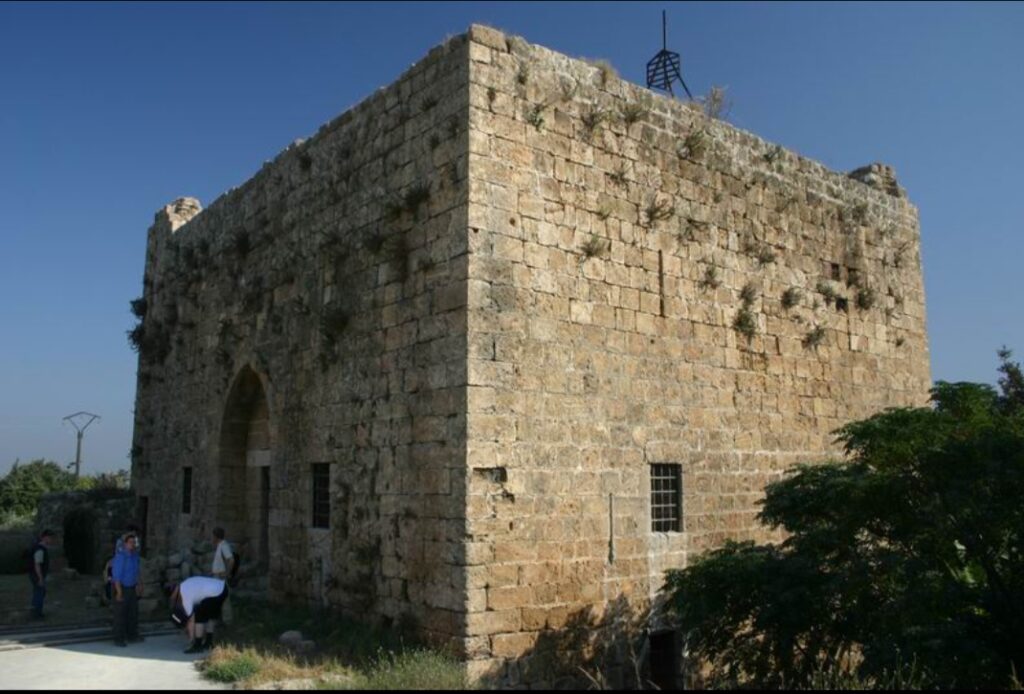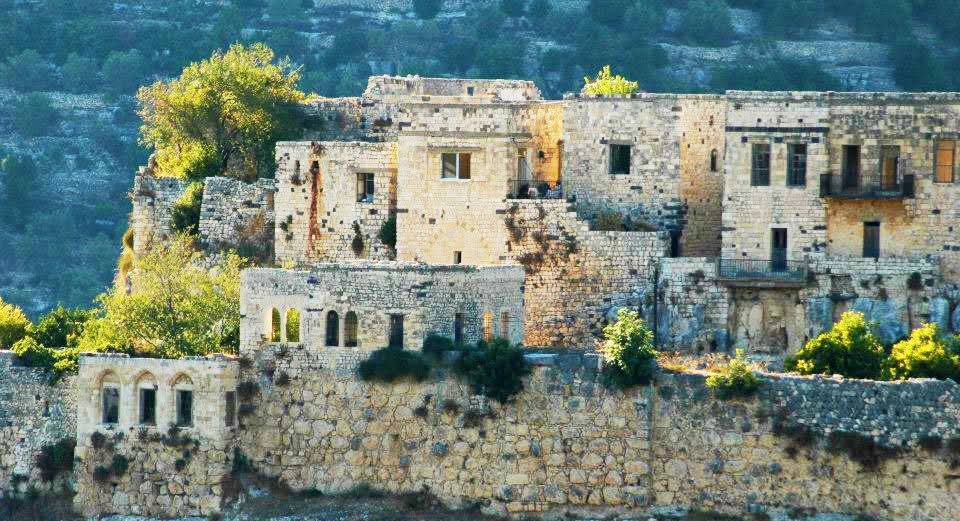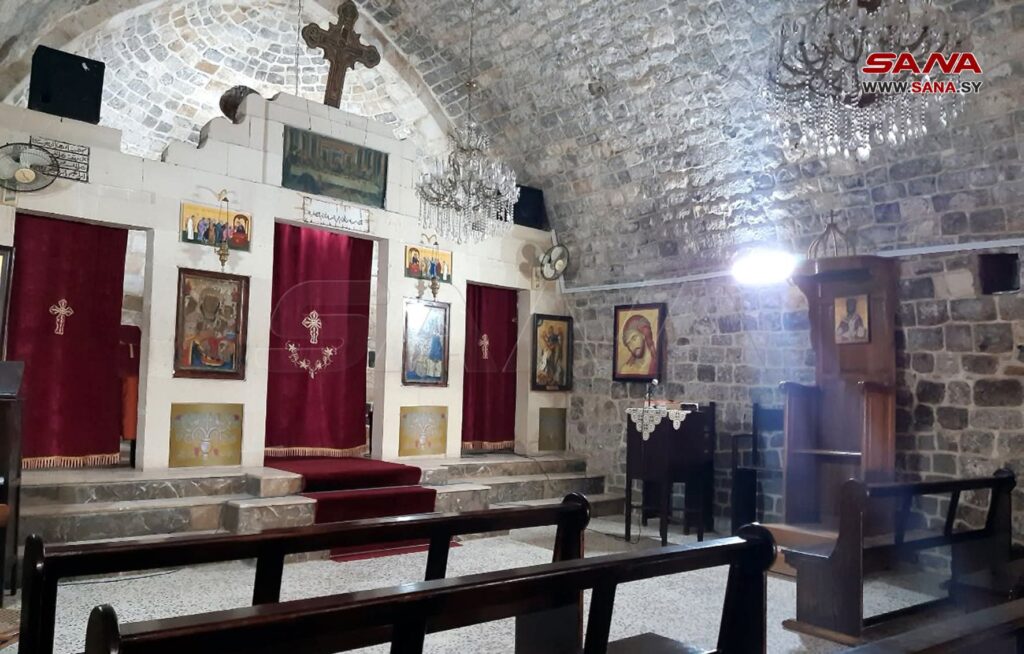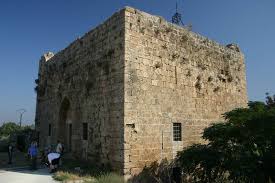Dawayat cave
Dawiyat Cave is the oldest cave in the region. It was discovered in 1948 when a sheep fell into one of its natural openings, and was practically explored in 1956
Dawiyat Cave is the oldest cave in the region. It was discovered in 1948 when a sheep fell into one of its natural openings, and was practically explored in 1956

The Harbor of Kharab stands as one of the most ancient natural Phoenician harbors, distinguished by its unique geological formation. Its natural contours were sculpted by the forces of nature

The Roman Water Channels is an ancient irrigation system constructed during the Roman era to convey water from natural sources to agricultural areas. This network of aqueducts system played a

The Phoenicians, originating from the city of Sidon, established the settlement of Arwad on the island as a means of protection from external threats. They also founded a complementary settlement

Tell Kazel is recognized as the sole extant site on the Syrian coast linked to the ancient city of Simyra, which played a pivotal role in the development of early

Tel al-Mintar is a significant archaeological mound located in Tartus. Its strategic location played a crucial defensive and military role in ancient times, in addition to its importance in monitoring

Stone arches were used in its design, reflecting the advanced engineering of the time. The bridge’s most notable feature is that it was built using white stones mixed with white

جميع الحقوق محفوظة لصالح JCI Aleppo
All rights reversed to JCI Aleppo